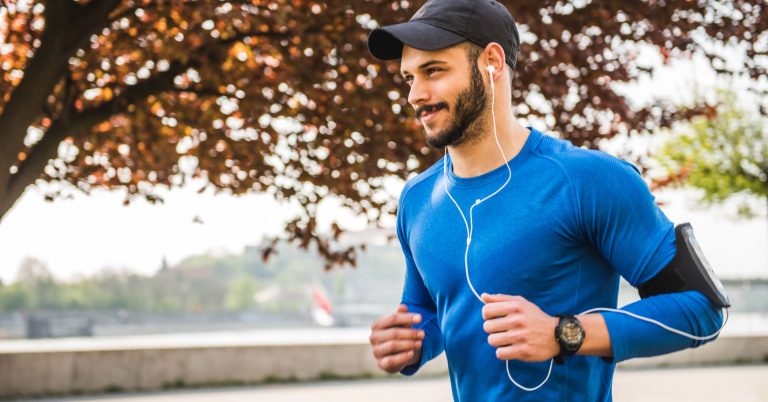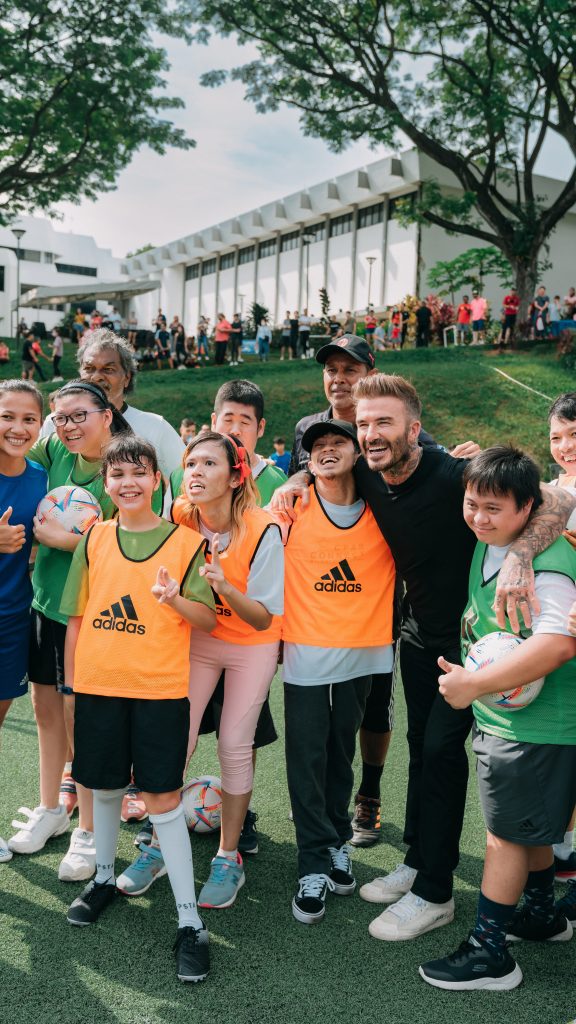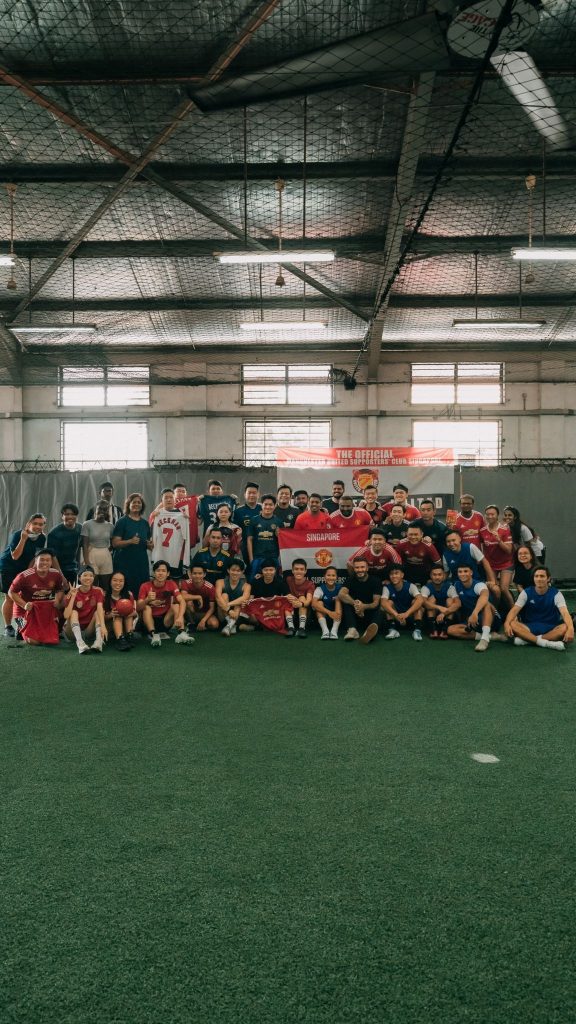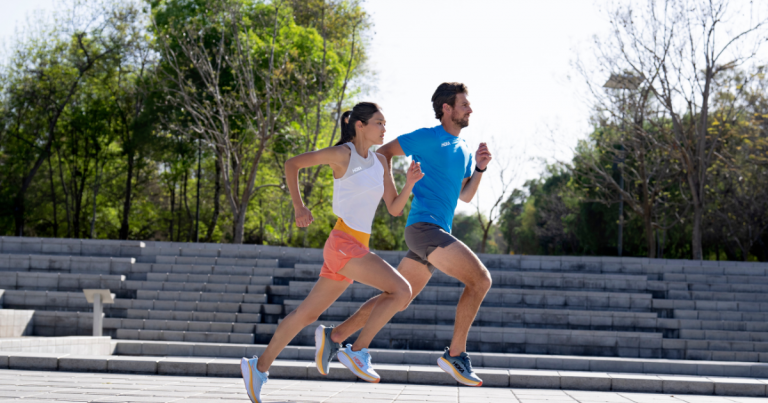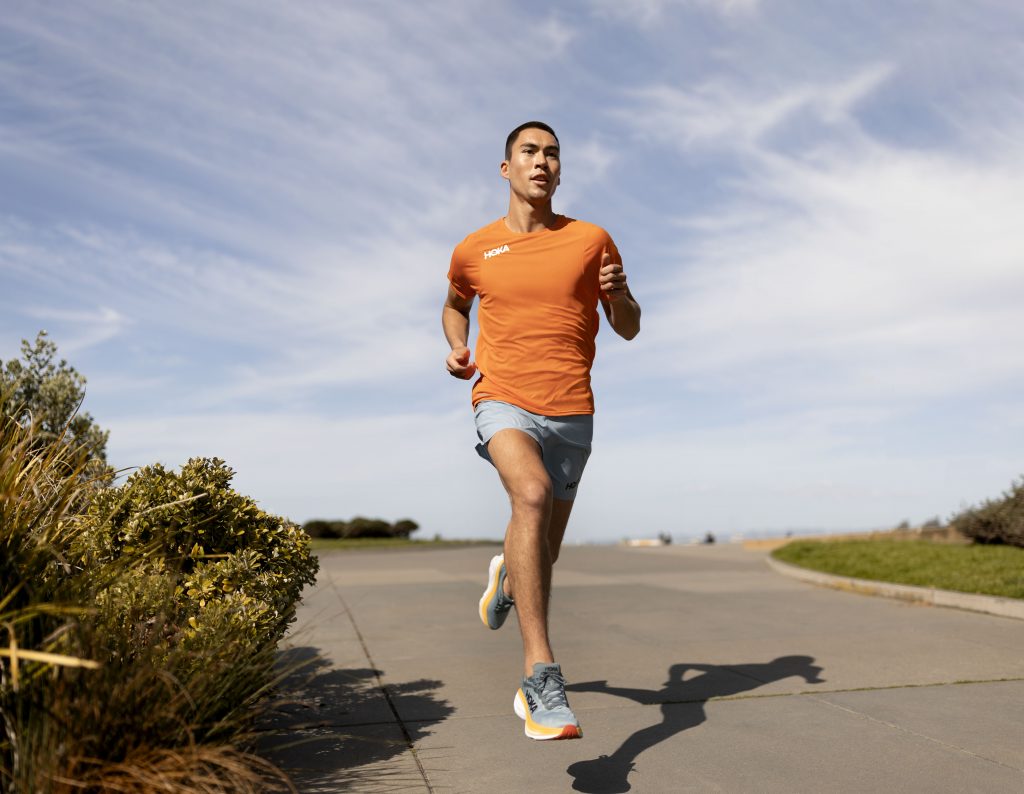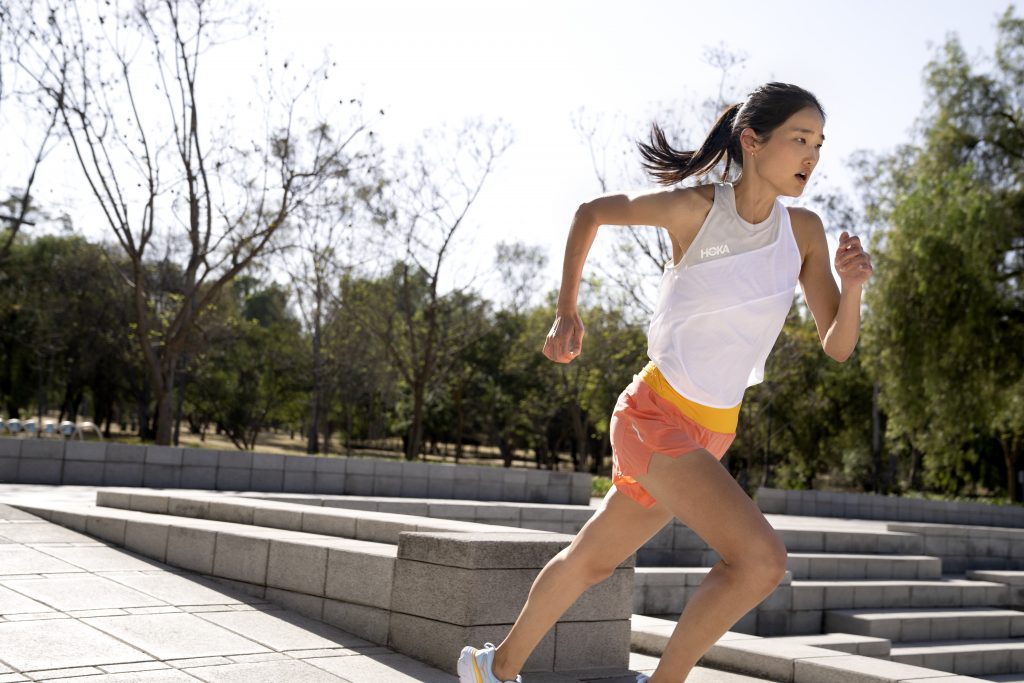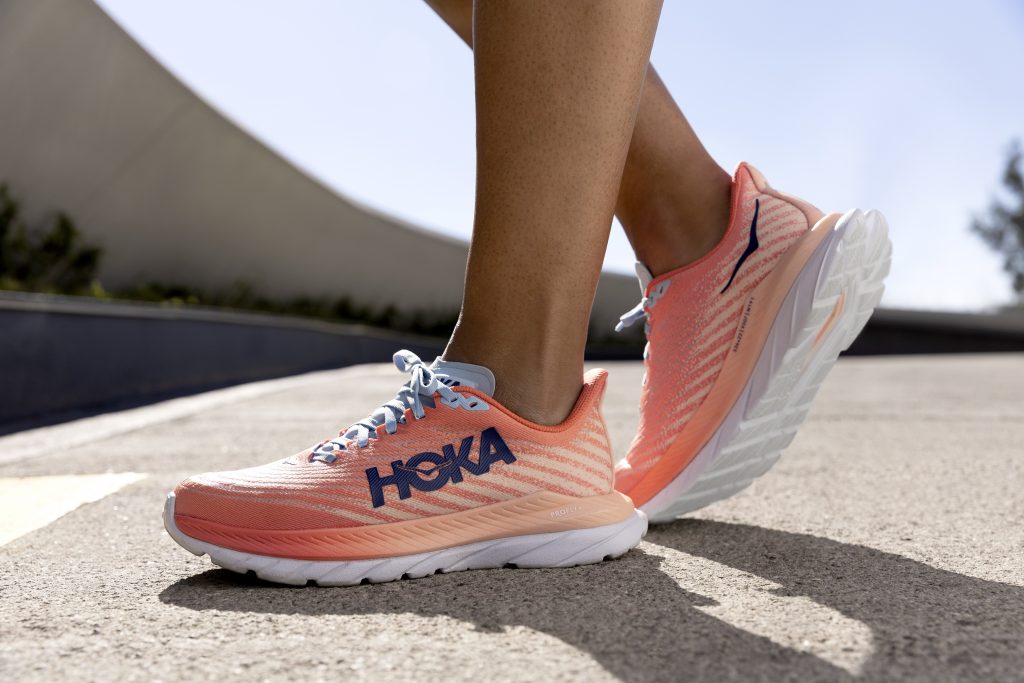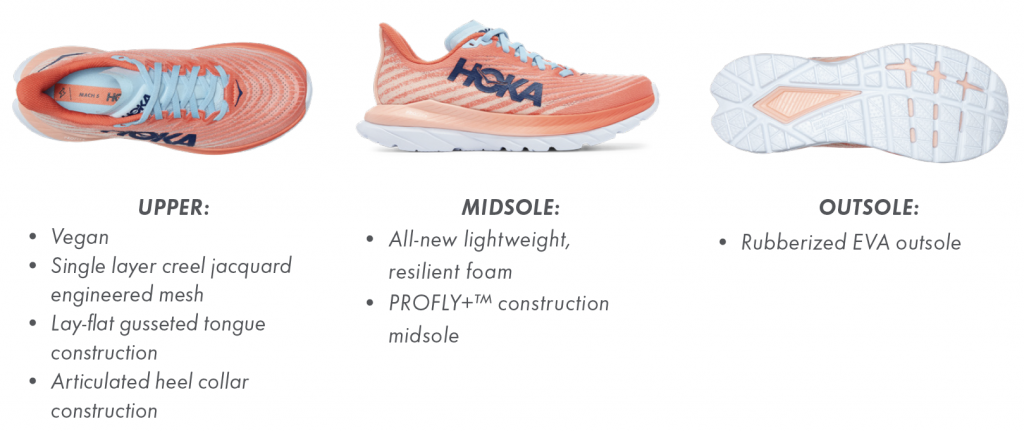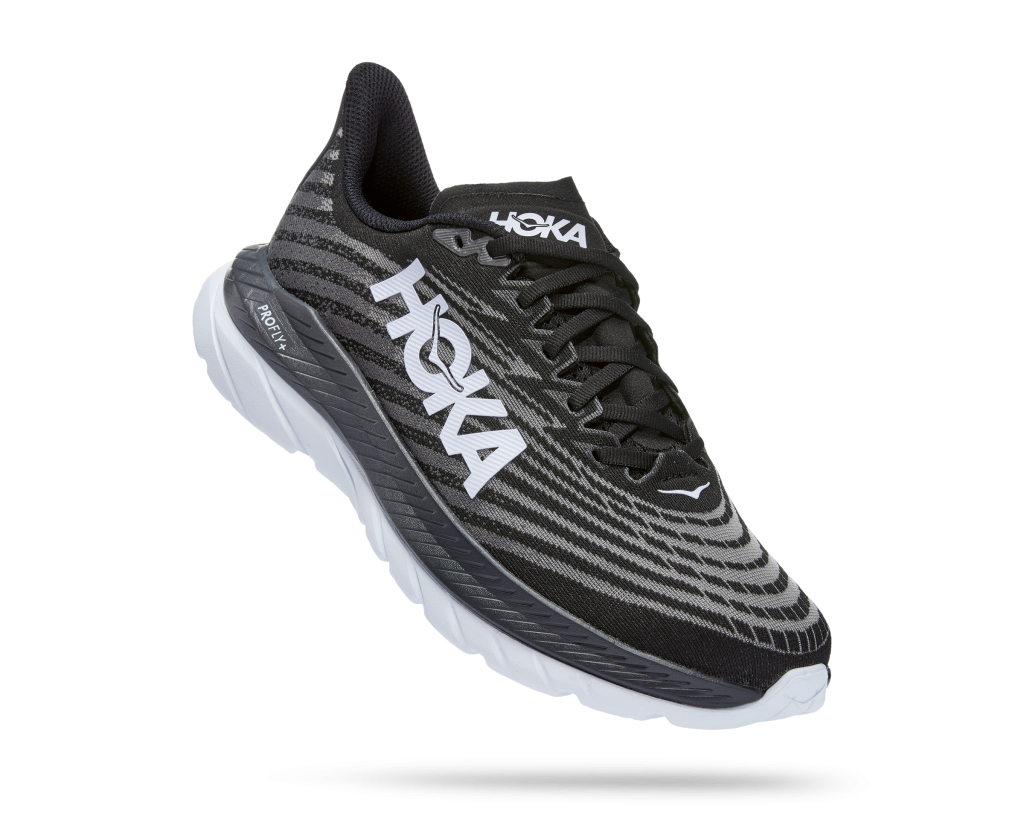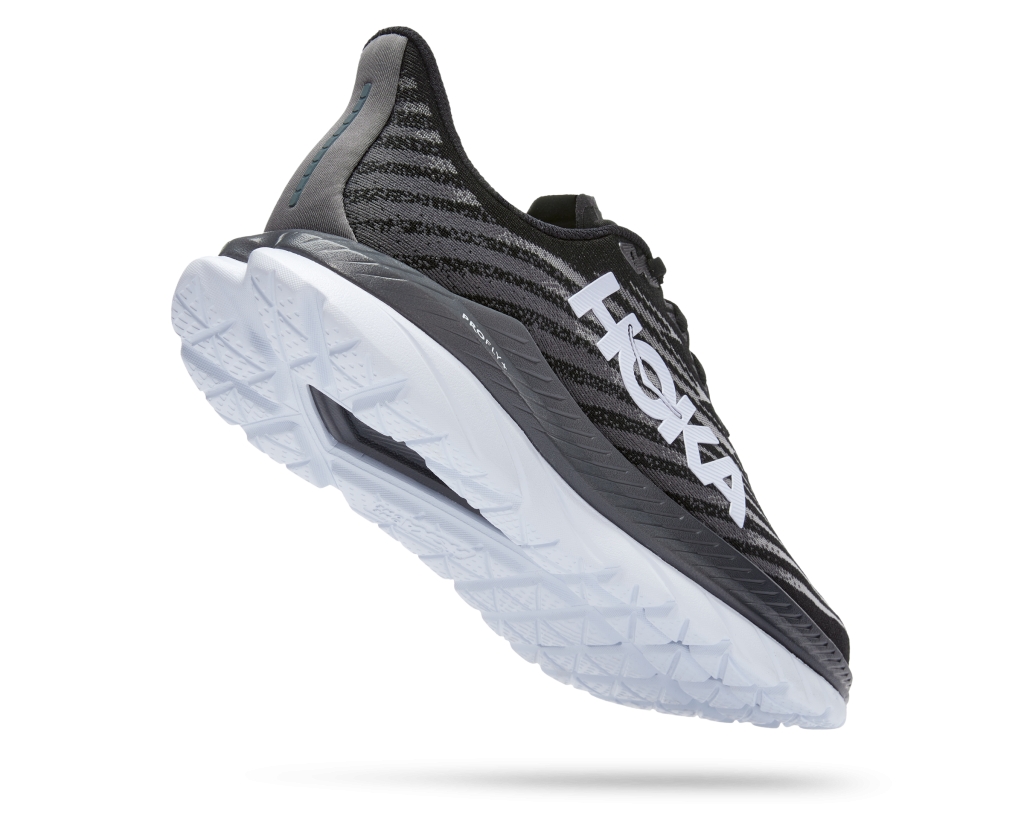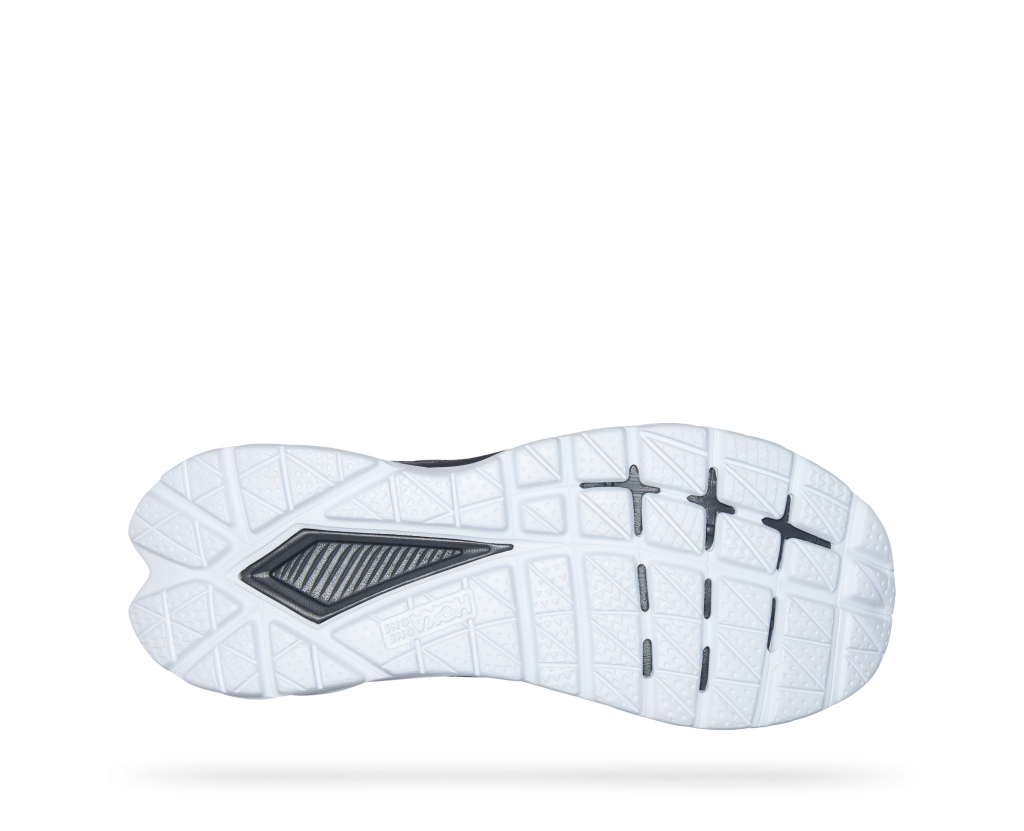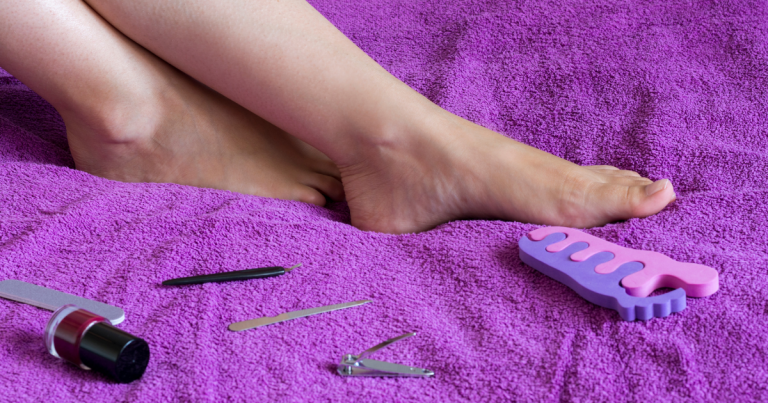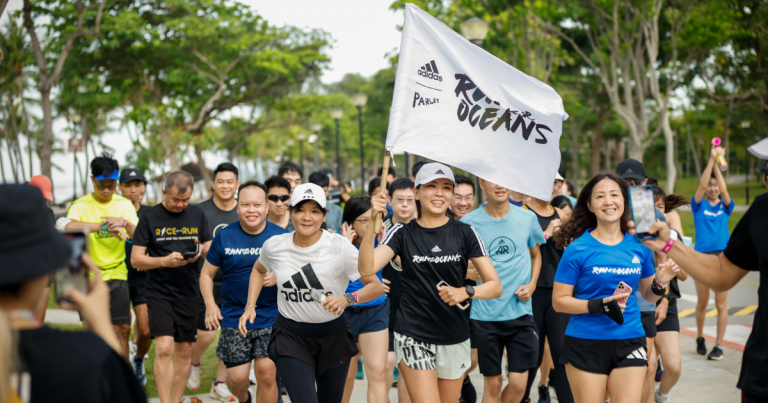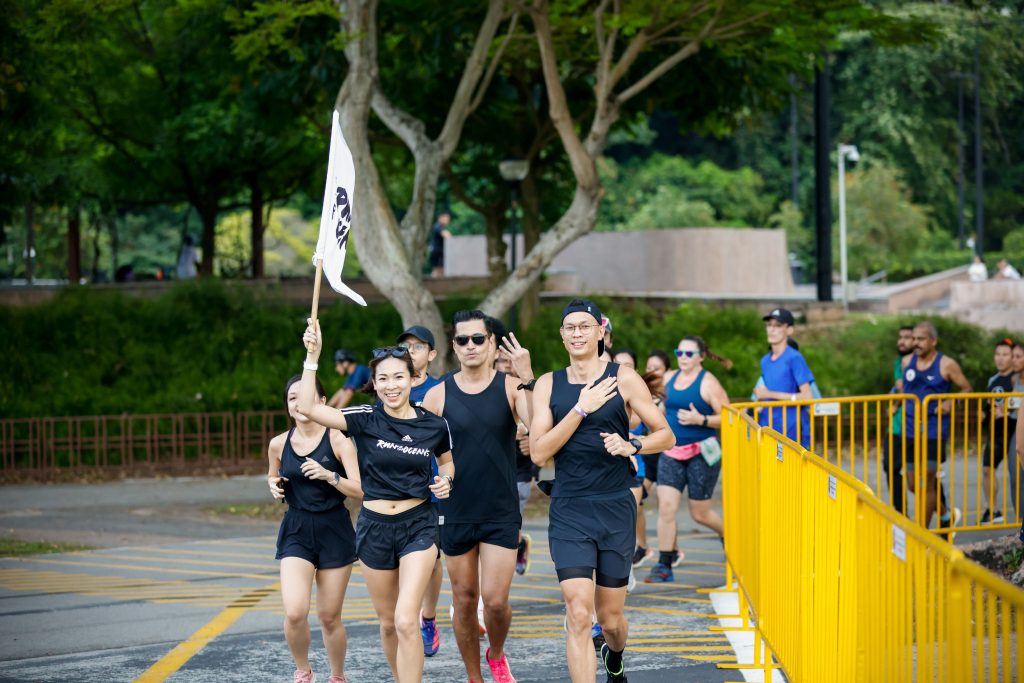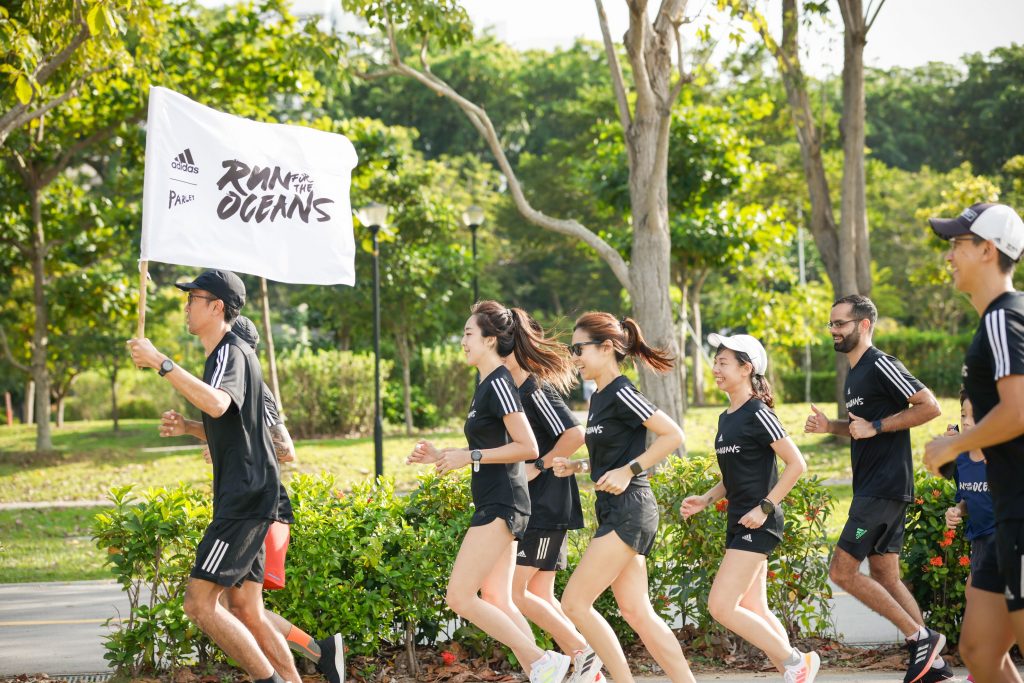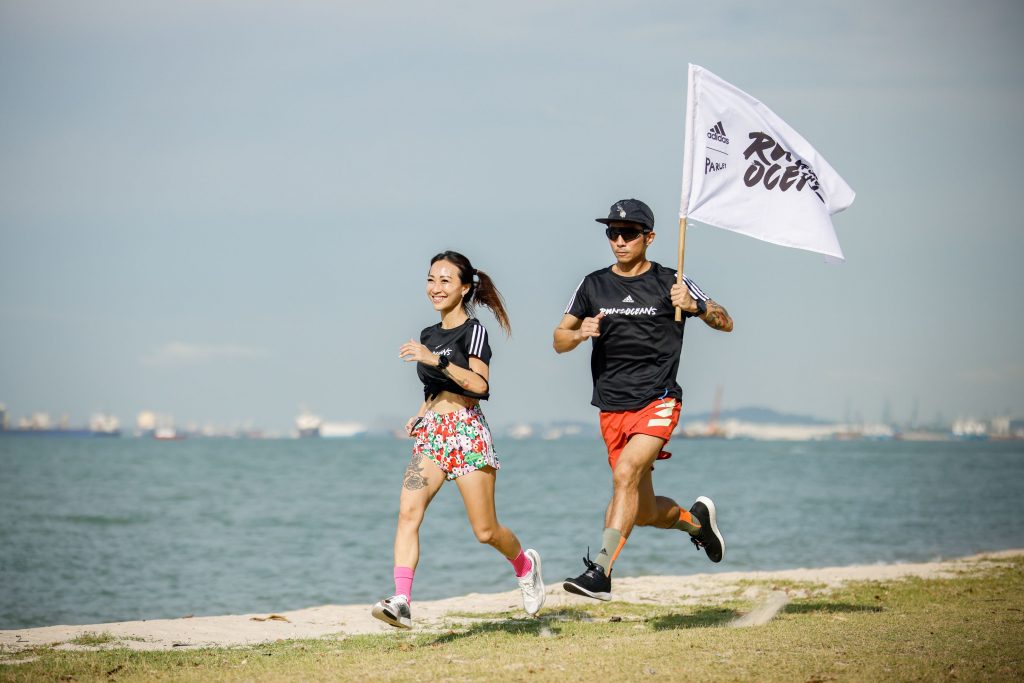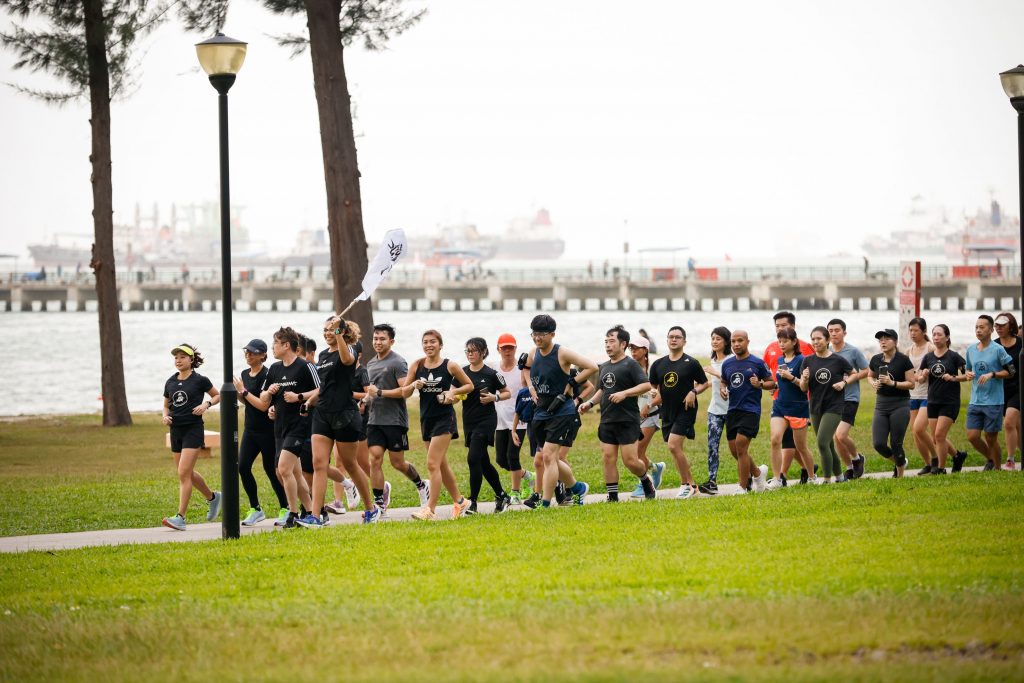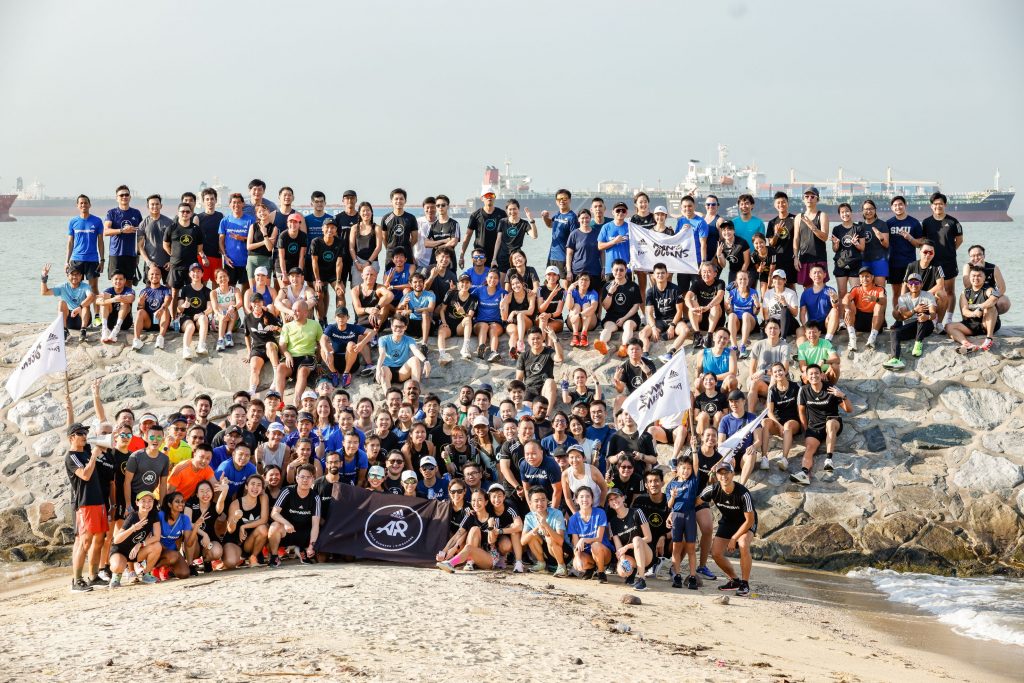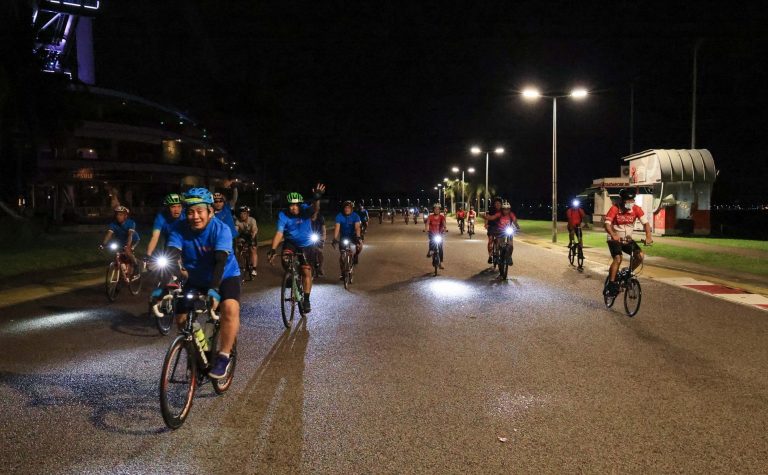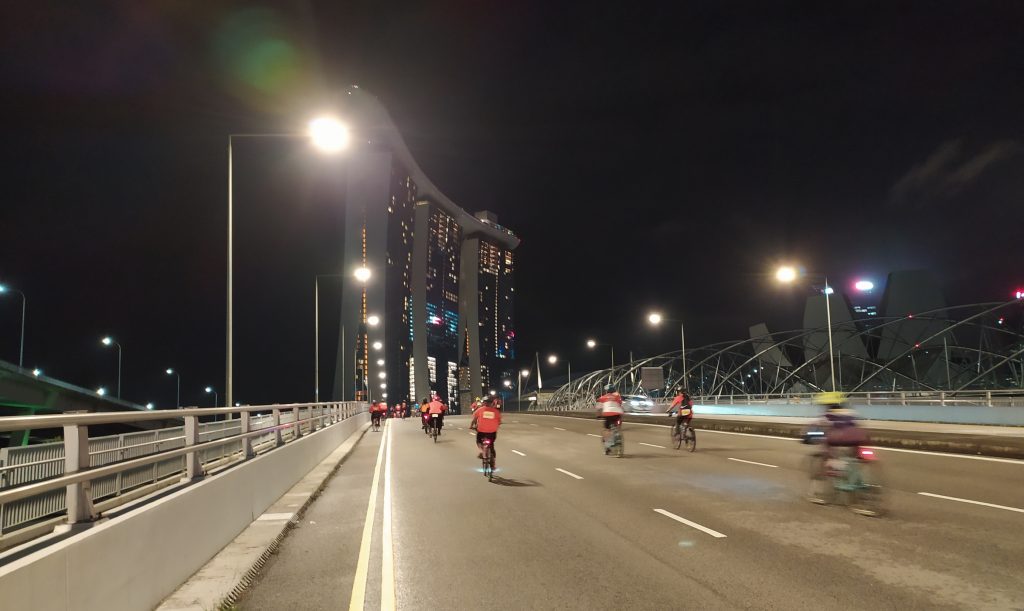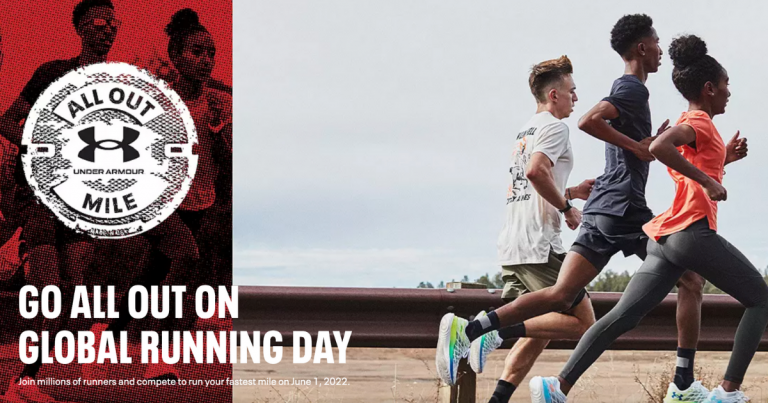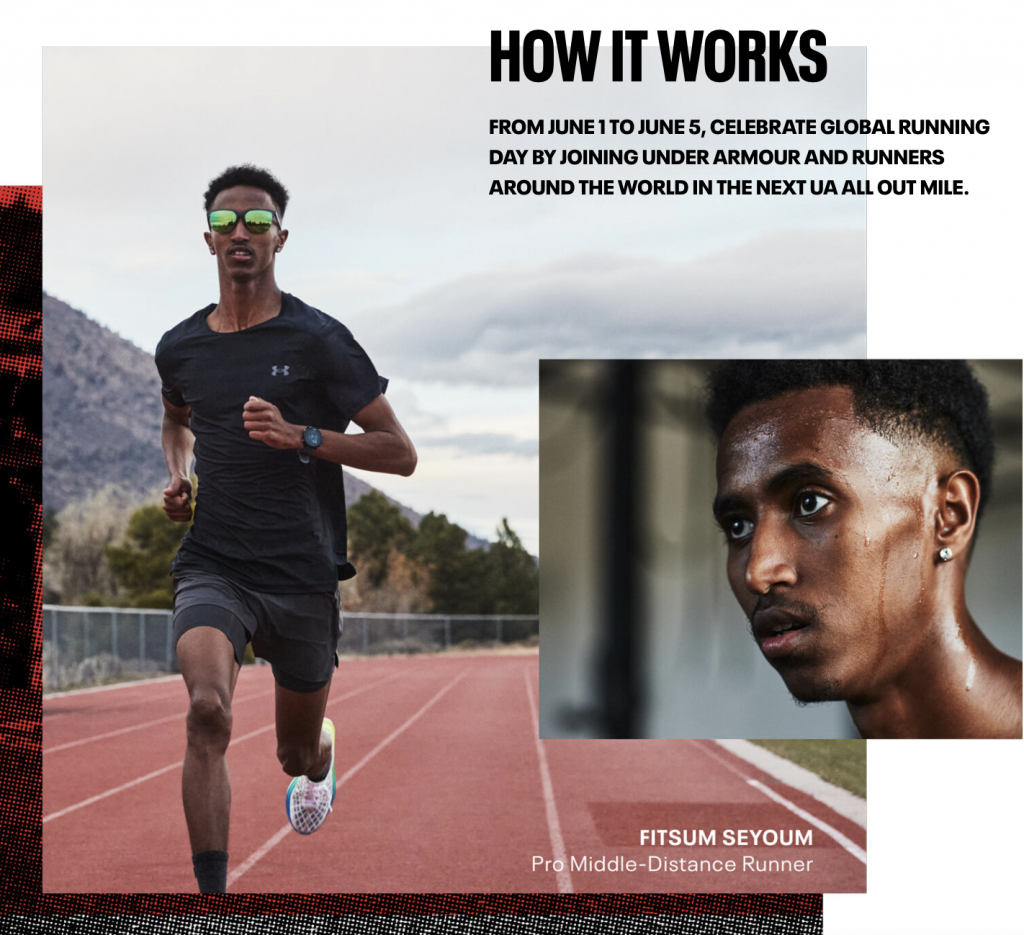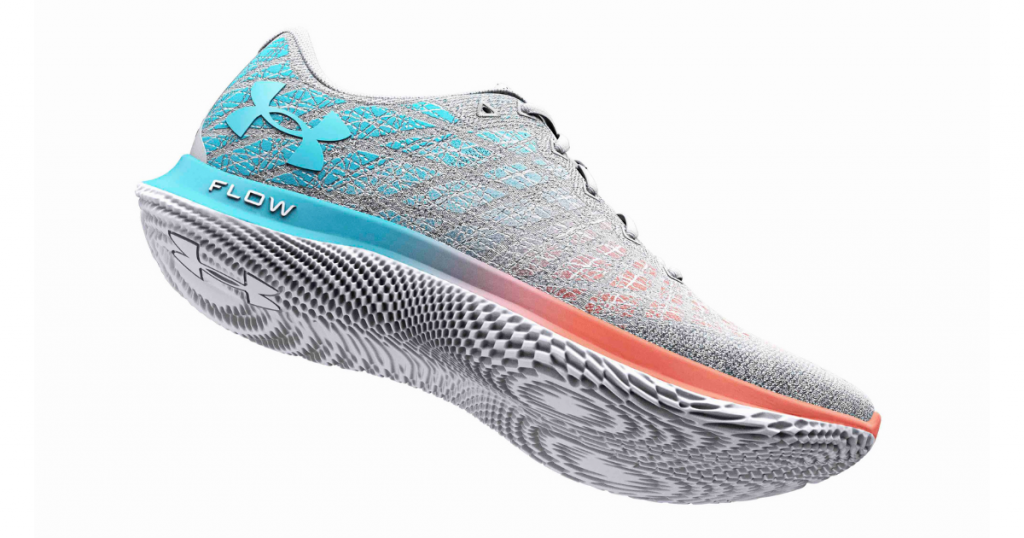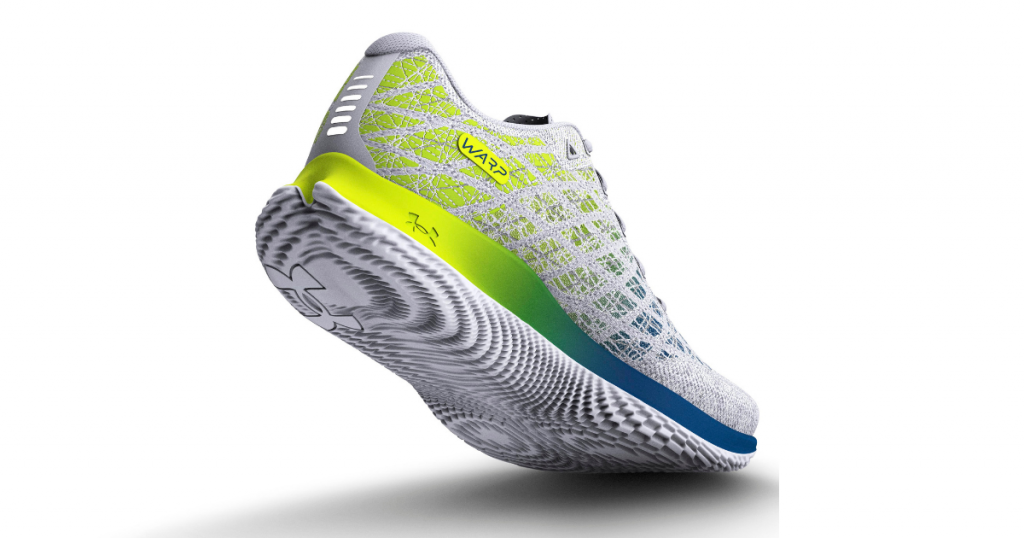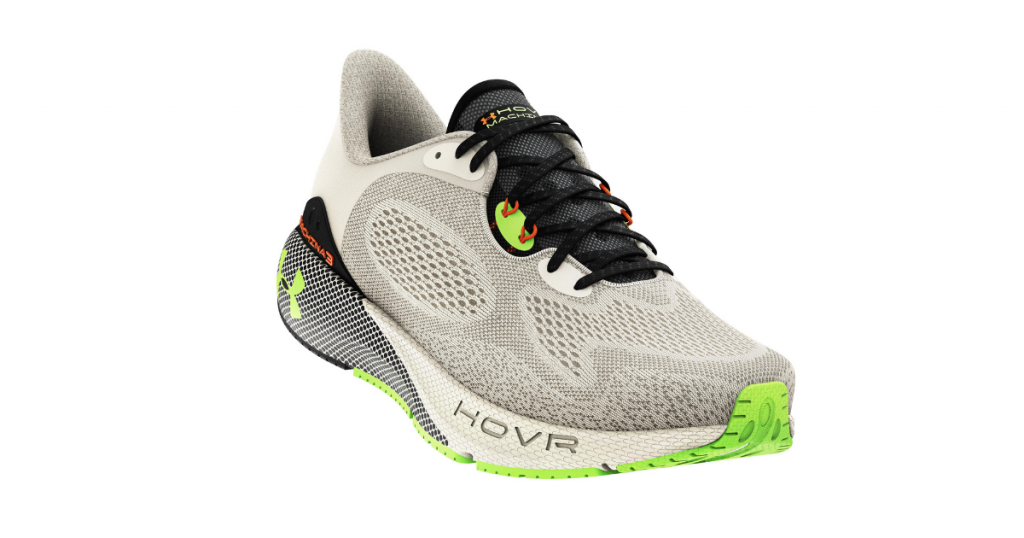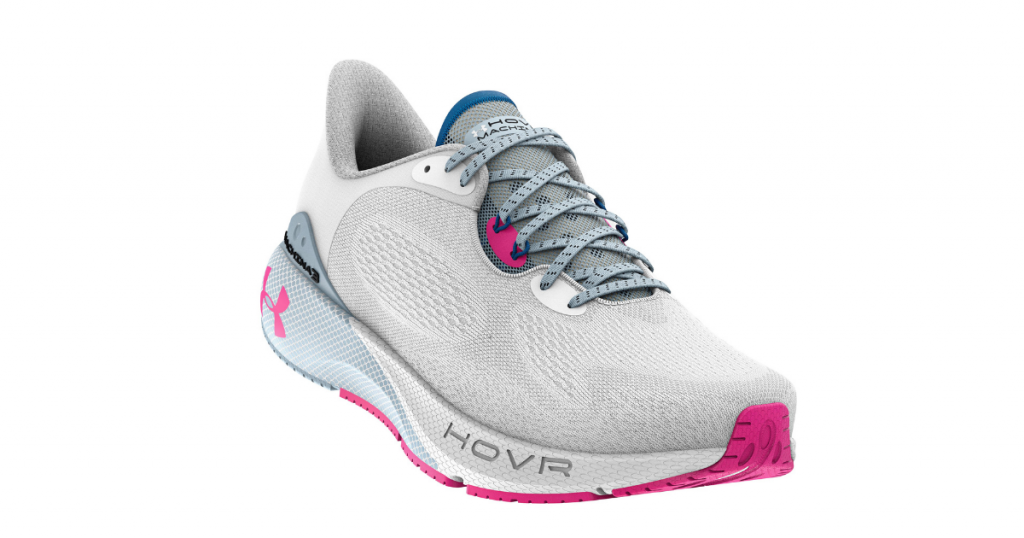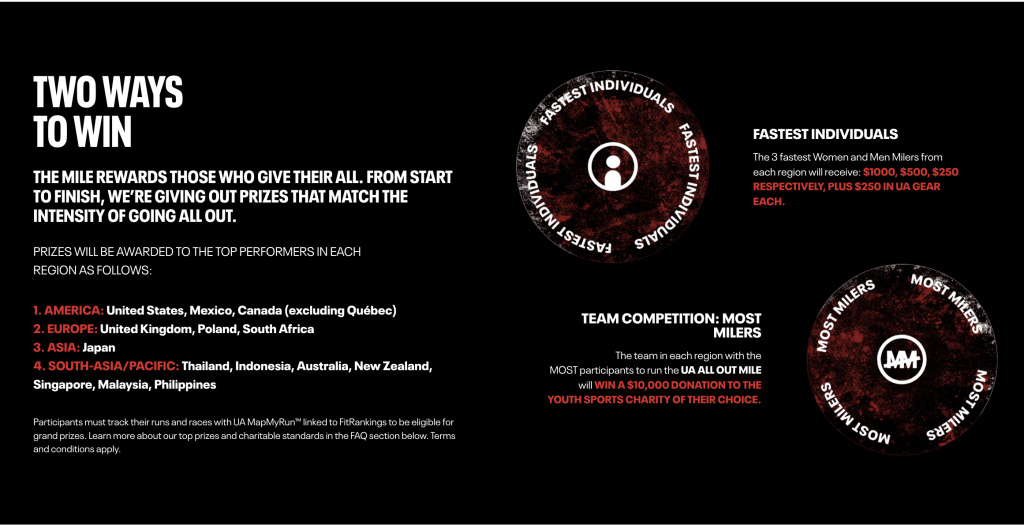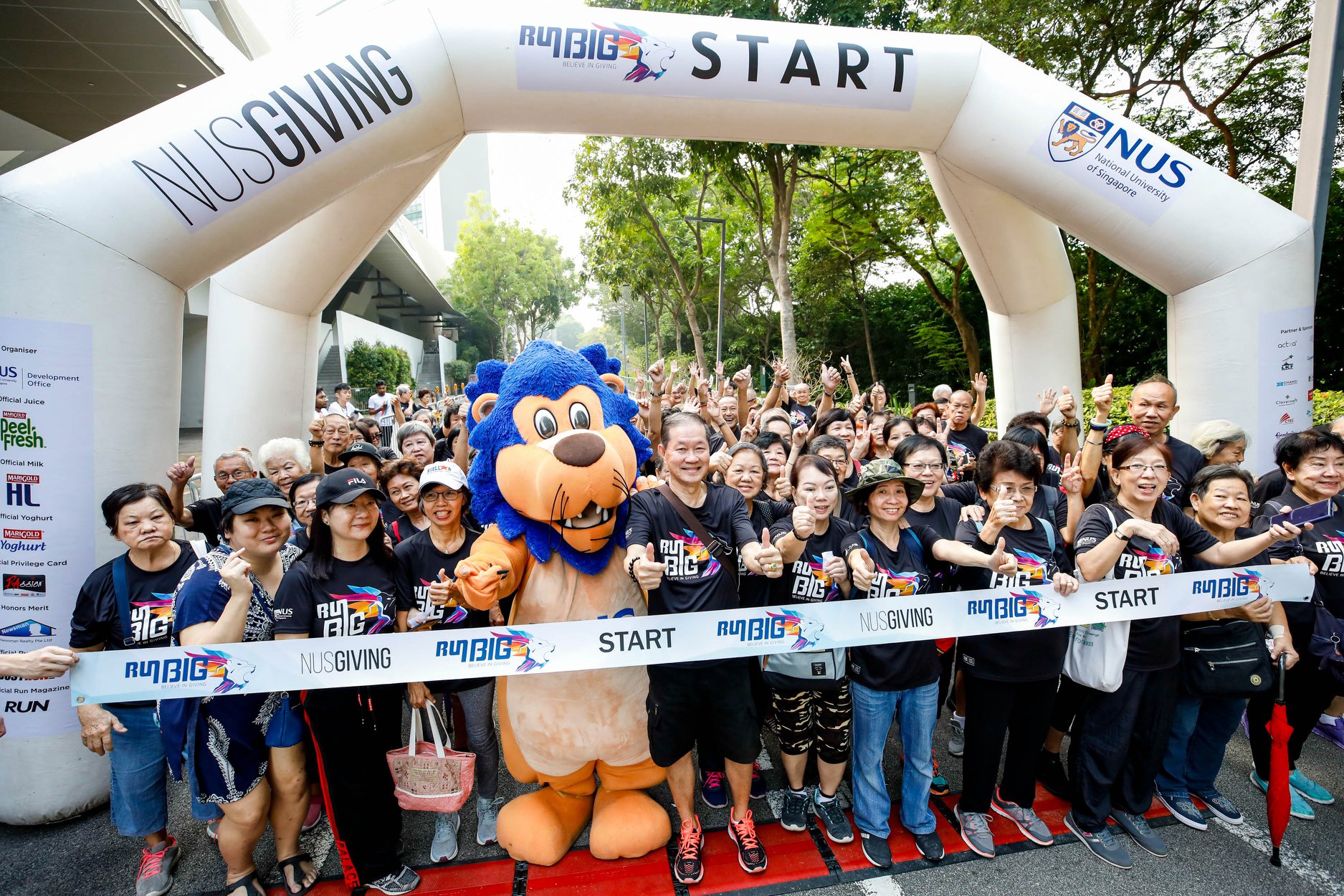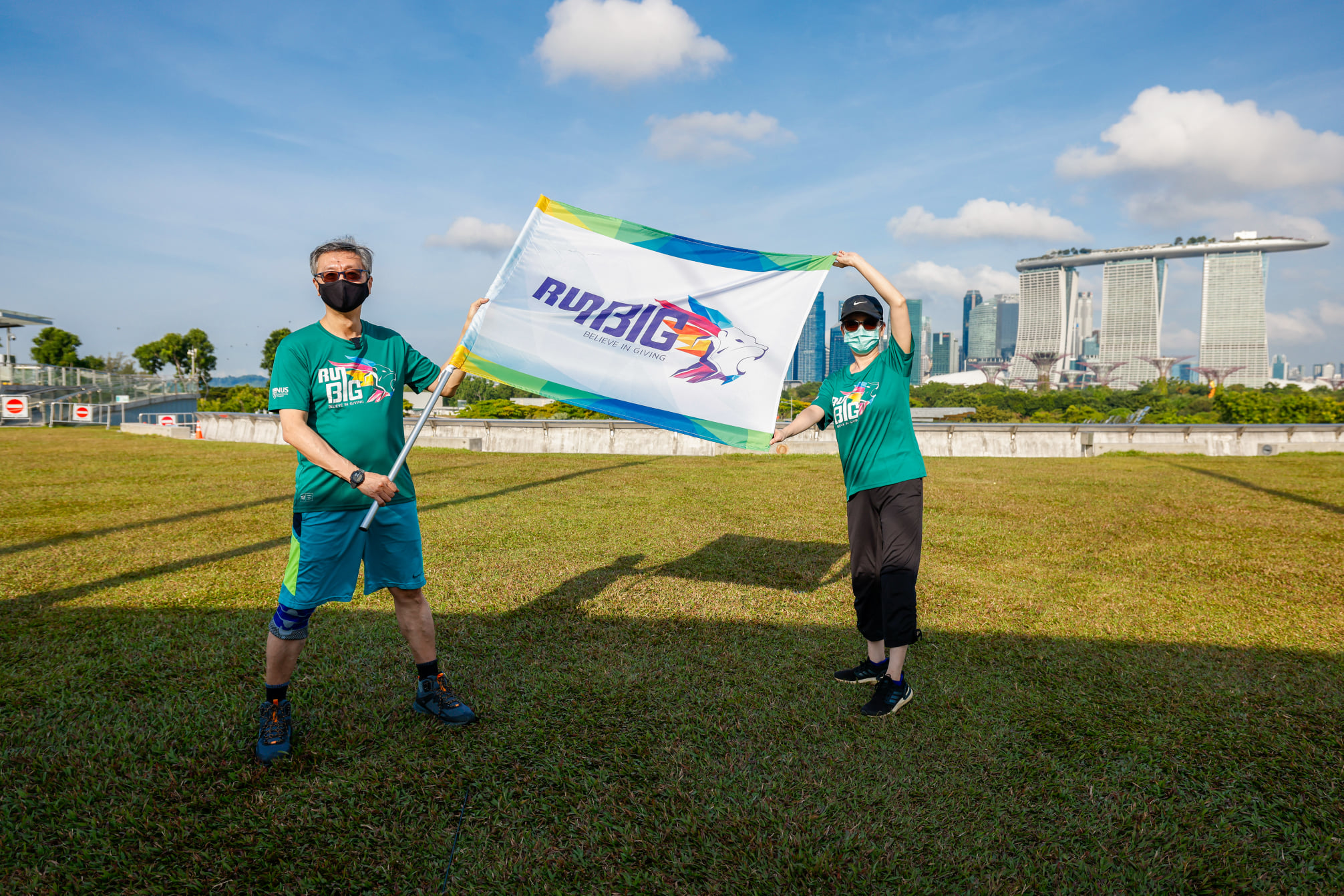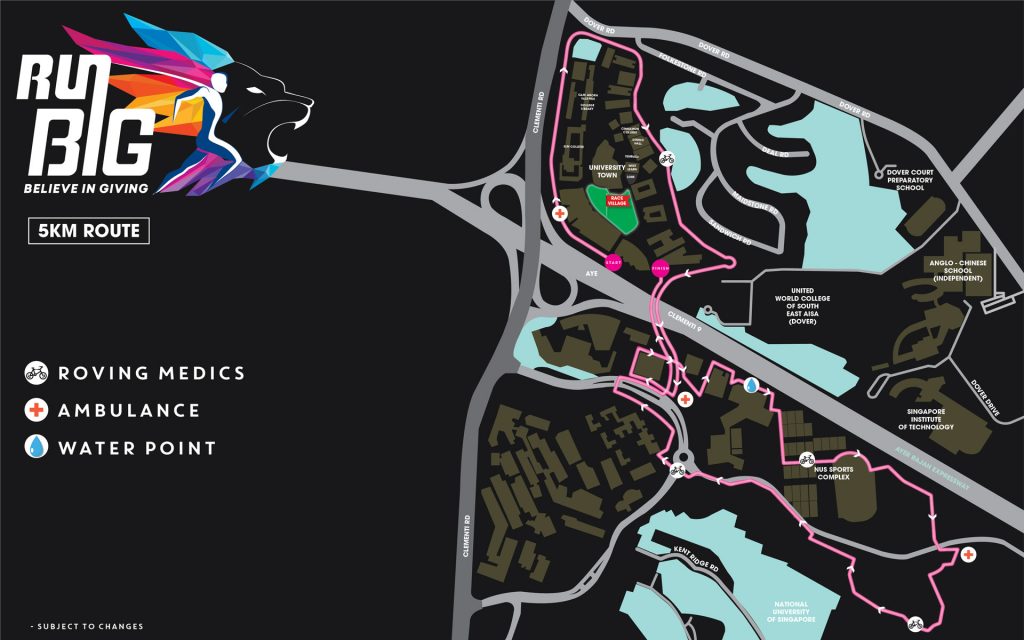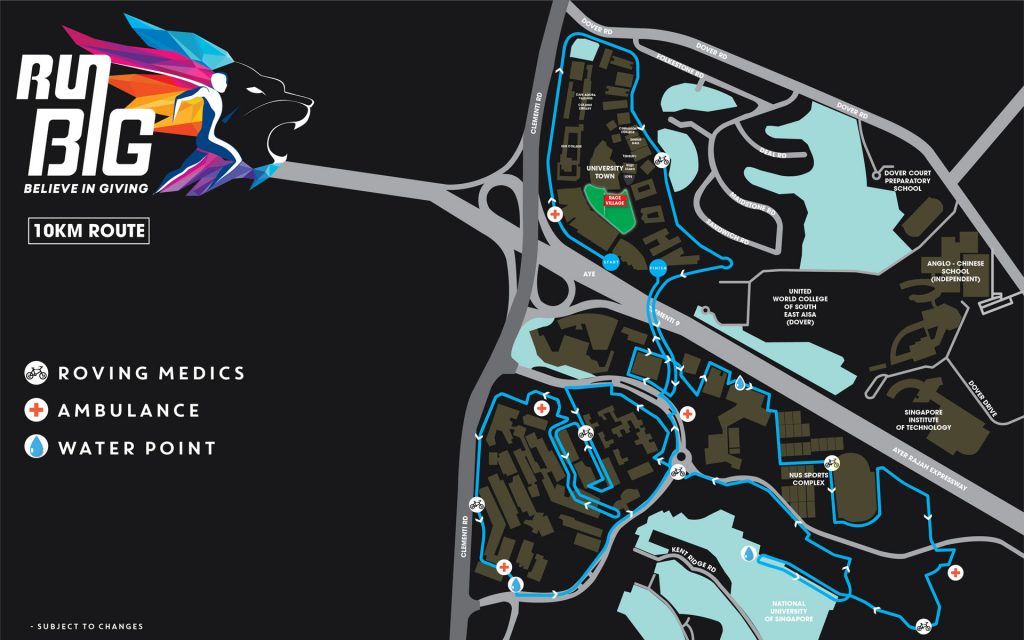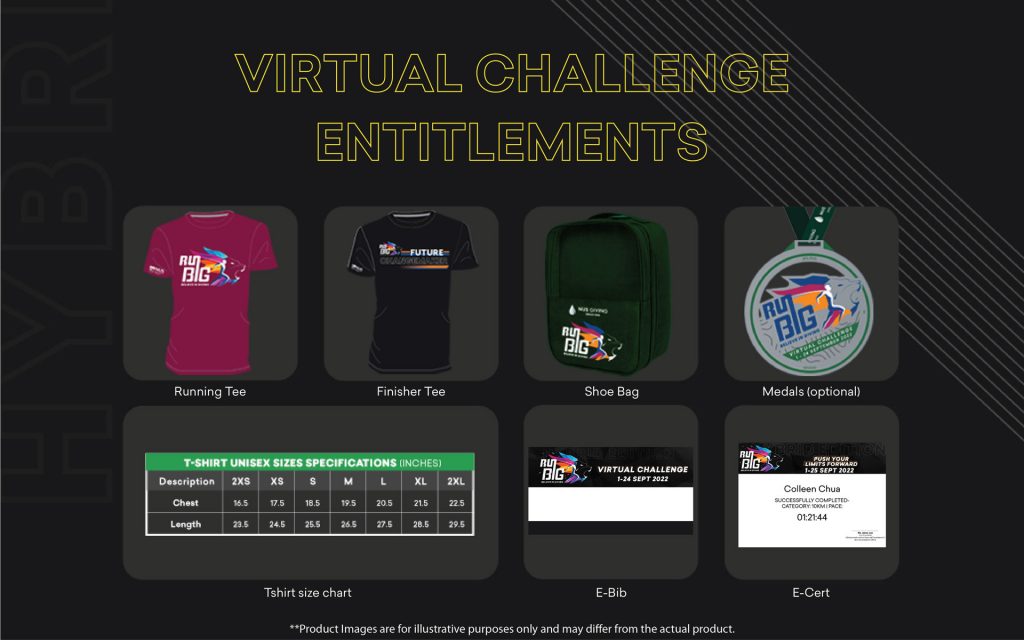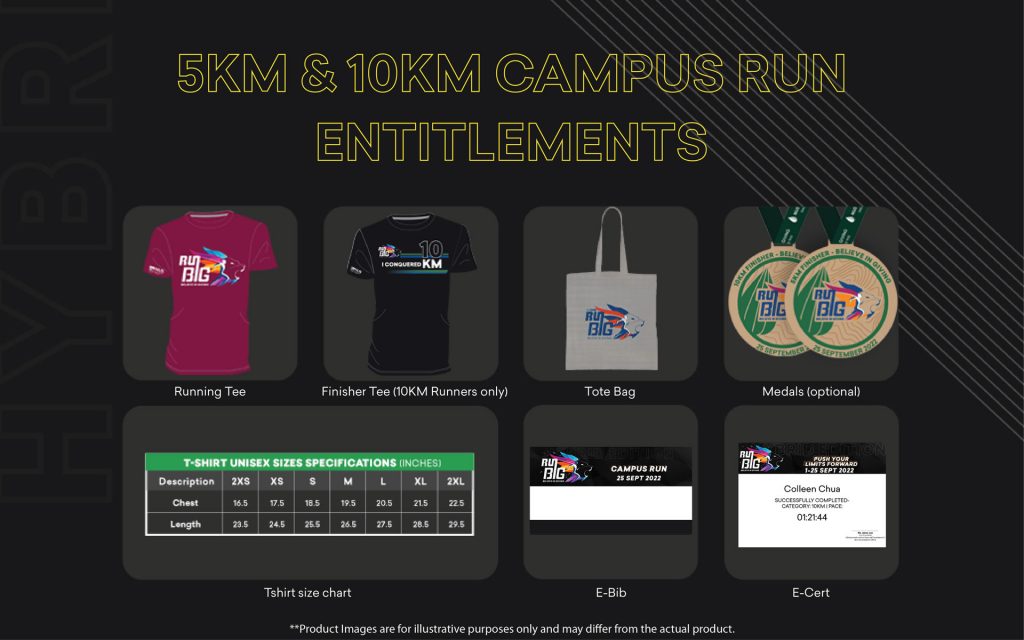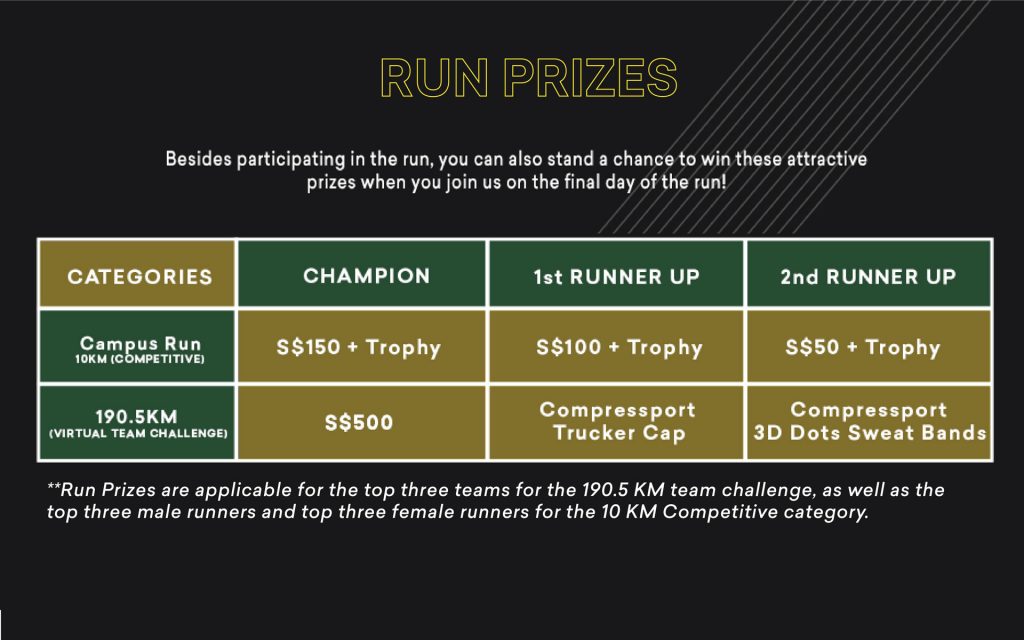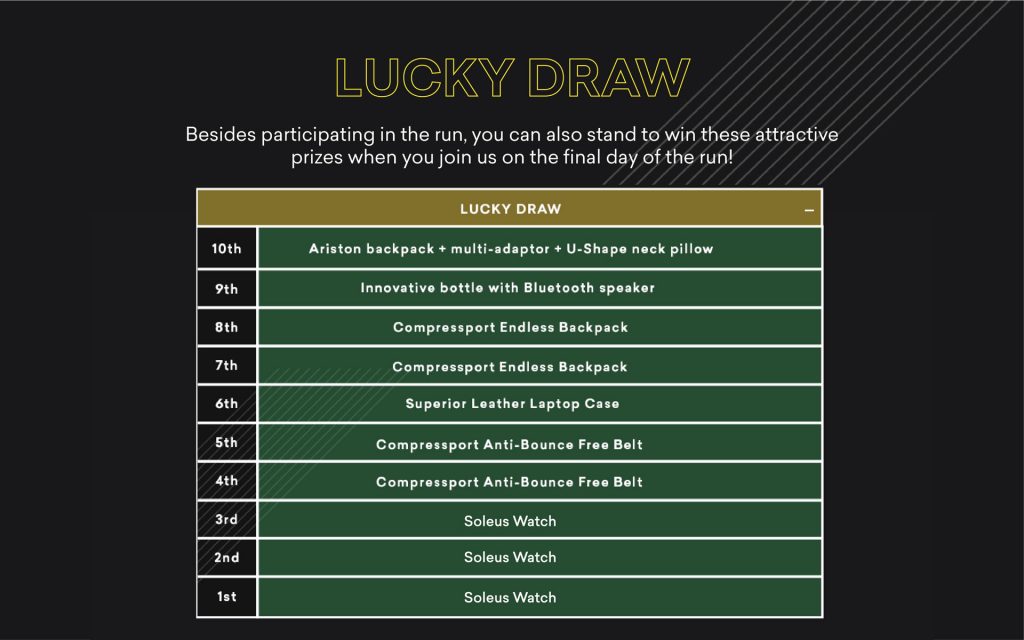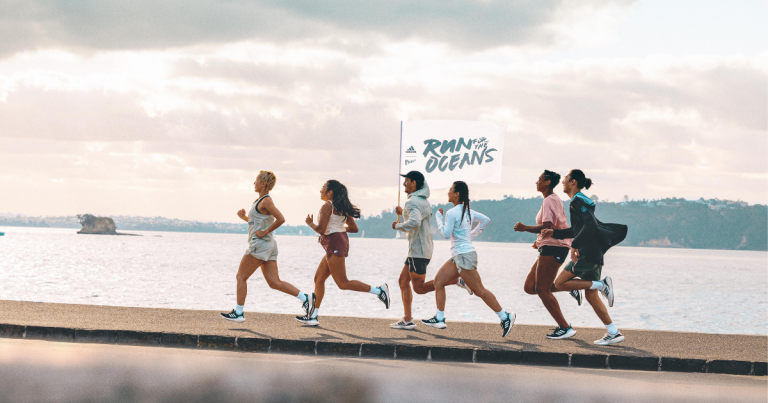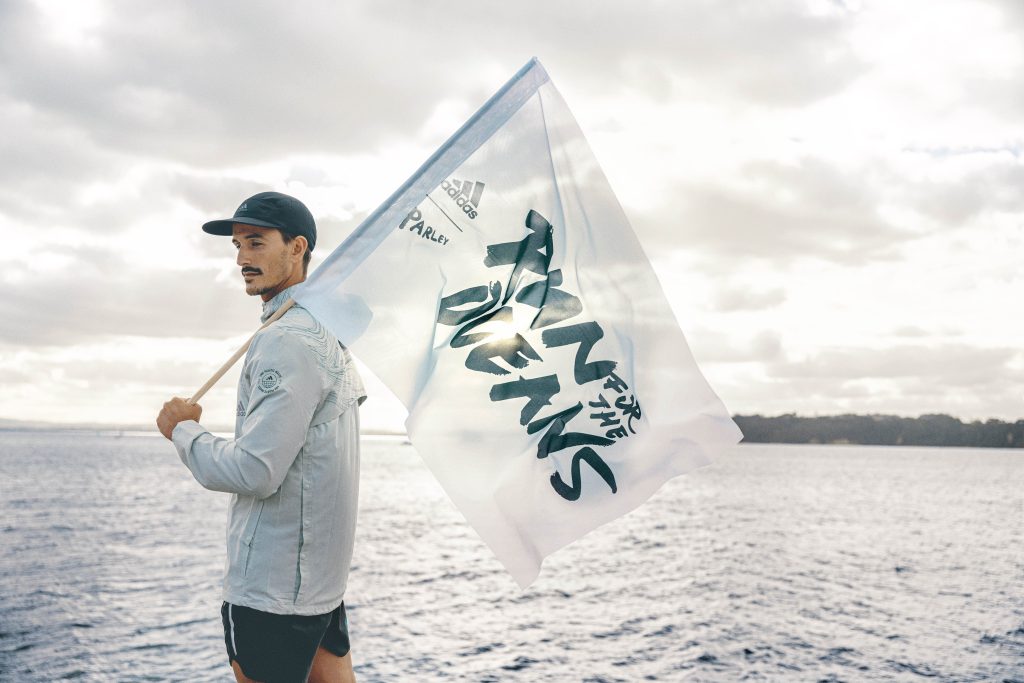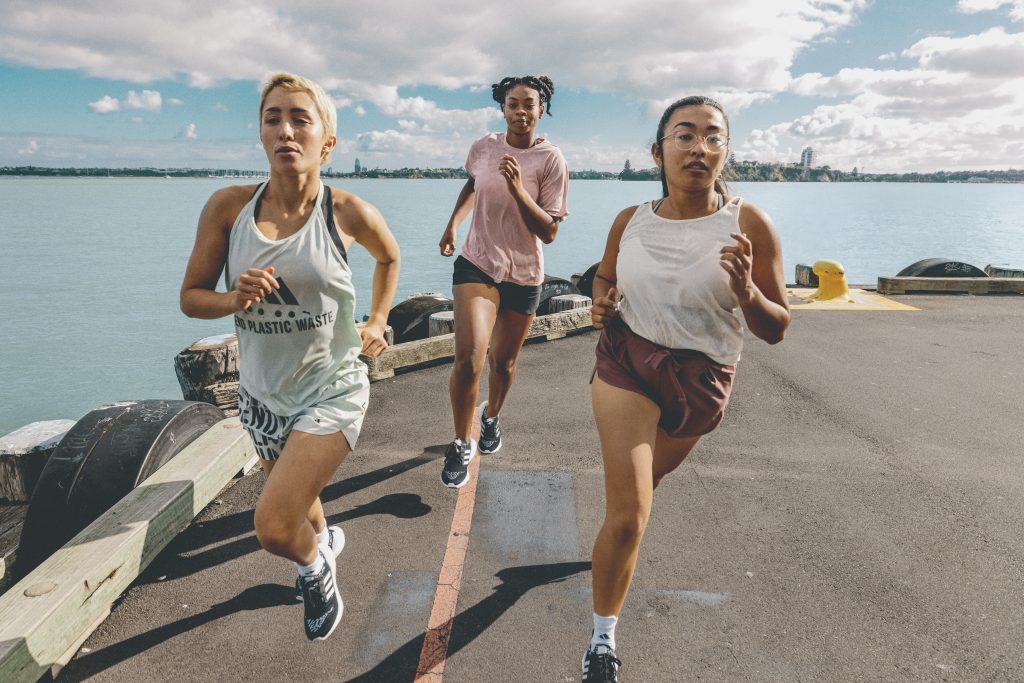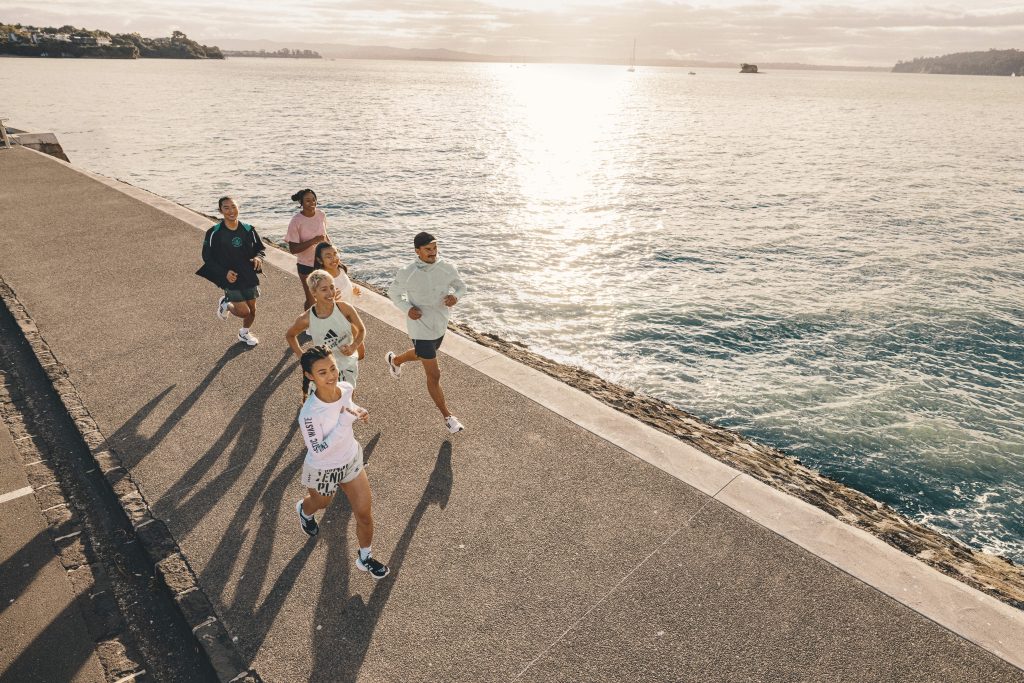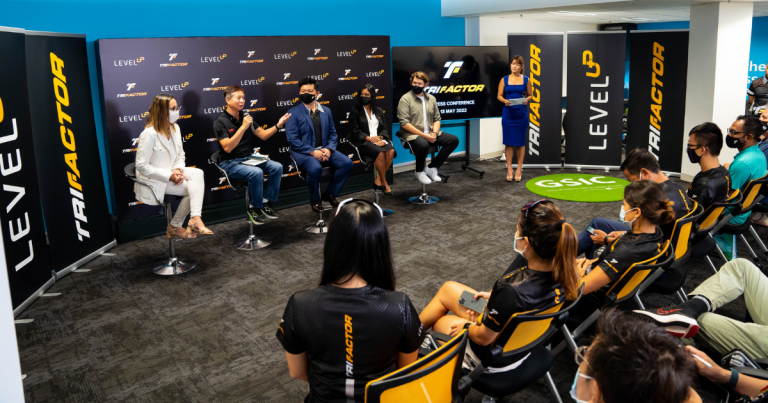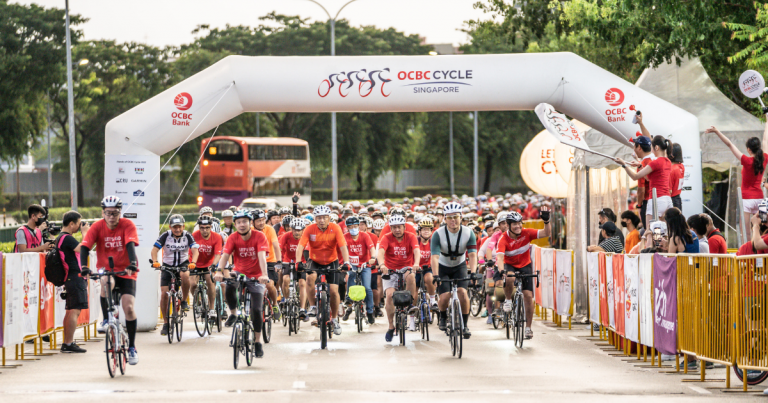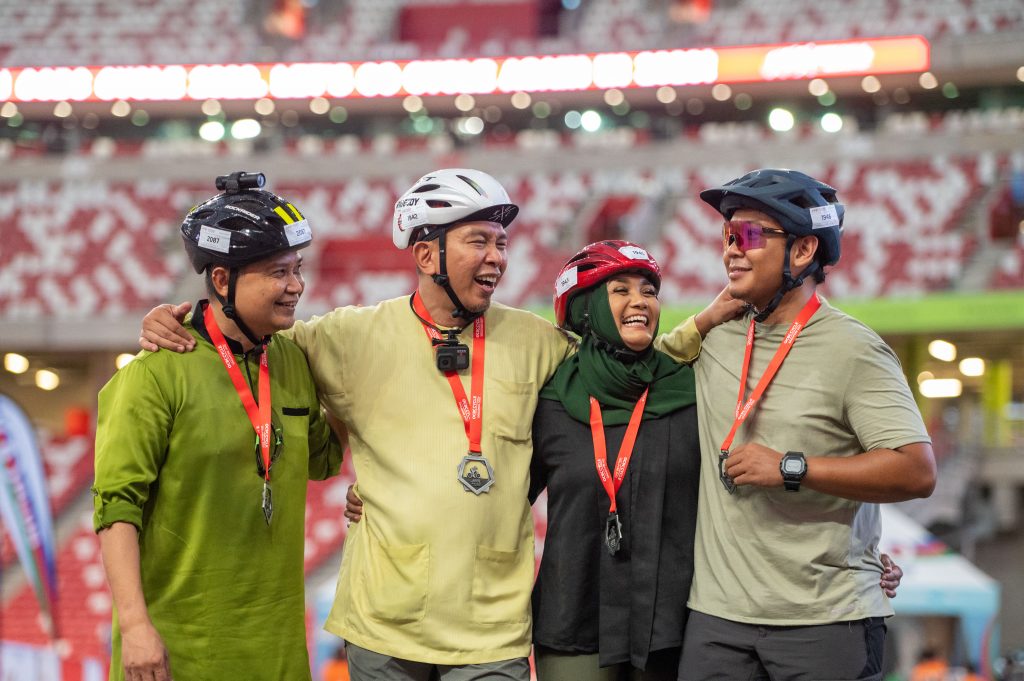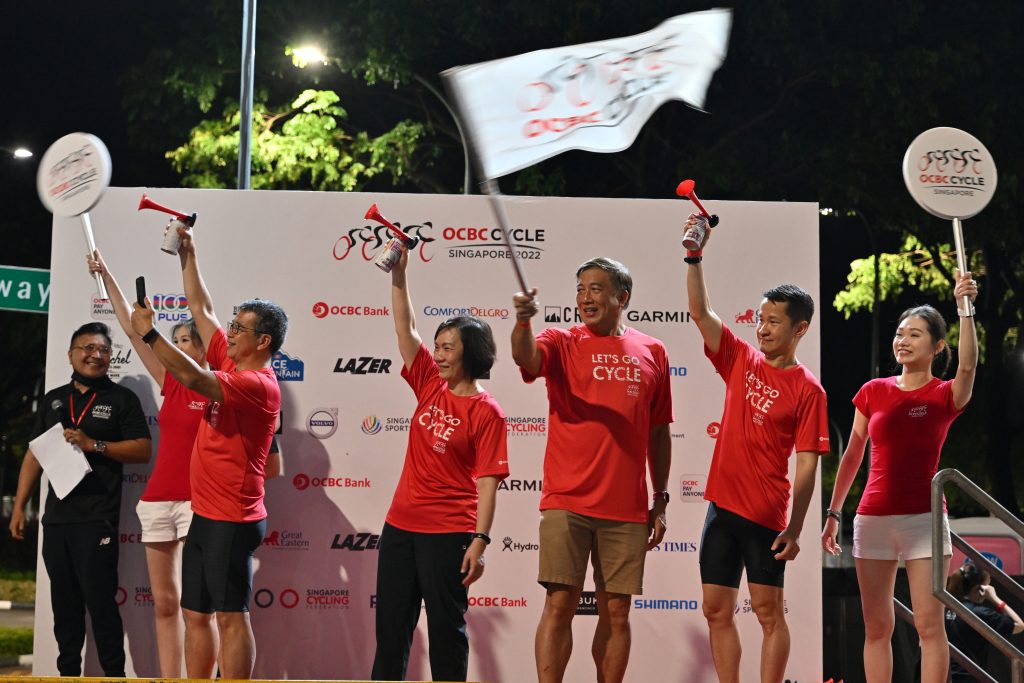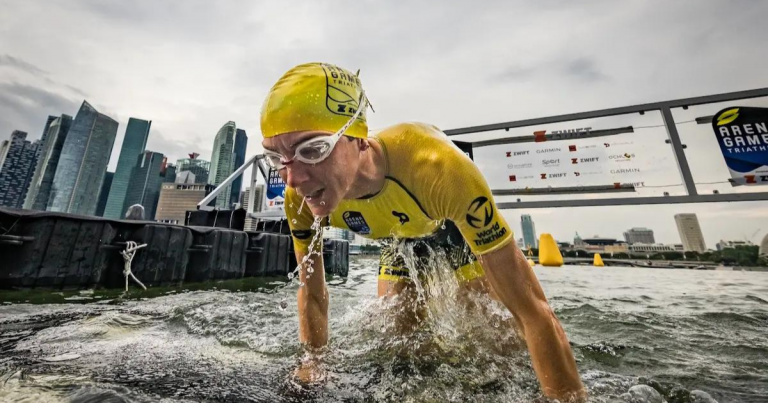There are many different supplements that can help to improve the health of your bones. This article will help you find the best one for your needs.
The first thing you should do is consult with your doctor to see if there are any vitamin deficiencies that need to be addressed or medications that could affect bone health. After consulting with your doctor, it is important to understand what kind of supplement would work best for you, as there are many different options available. The supplements can be taken orally, through topical application, or a combination of both.
It is important to remember that a supplement alone will not have the same effect as a healthy diet and exercise routine; however, they can provide additional benefits when used in conjunction with these lifestyle changes.
Introduction: Do You Need to Take a Supplement to Support Your Bone Health?
A supplement is a product that you take to help you maintain a healthy lifestyle. Supplements for your bone health can be taken as tablets, capsules, or liquids. They are often used to replace certain nutrients which are not consumed enough through food. Or they can be taken to improve the body’s ability to absorb and use nutrients from food.
There are many different types of supplements available on the market. Some people take supplements because they have been prescribed by their doctor or healthcare professional. Others may have heard that they will help them lose weight, build muscle, or improve their health in other ways and decide to try them out for themselves.
Why Vitamin D is Important for Bone Health
Vitamin D is a fat-soluble vitamin that is found in certain foods and can also be made by the human body. Deficiency of this vitamin can lead to bone diseases like rickets and osteomalacia.
The most common way to get Vitamin D is from the sun, usually through exposure to ultraviolet B rays. However, not everyone has enough exposure to the sun for their body to produce adequate levels of Vitamin D.
Vitamin D deficiency has been linked with several different conditions including cancer, depression, diabetes and chronic pain.
Which Vitamin D Supplement is the Most Effective?
Vitamin D is a fat-soluble vitamin that is important for bone health and immunity. It can be obtained through food and supplements.
Vitamin D supplements are widely available in the market, but it’s not always easy to know which supplement is the most effective.
The most important thing to consider when choosing a supplement is the amount of vitamin D in it. The recommended daily intake of vitamin D for adults is 600 IU (international units) per day, so you should choose a supplement that contains at least this amount.
The next thing to consider would be whether or not you have any other medical conditions or take any medications that might interact with the supplement and change its effectiveness, such as diabetes medication or antacids.
What Are the Most Important Minerals for Bone Health?
Minerals are essential for the development and maintenance of bone health. They are needed for bone formation, bone mineralization, and the production of hormones that regulate calcium levels in our bodies.
The most important minerals for bone health are calcium, phosphorus, magnesium, potassium, and sodium. These minerals play an important role in the prevention of osteoporosis and other diseases that affect the bones.
What are some Other Supplements that Support Bone Health?
Calcium is a mineral that is important for the health of your bones. It helps to form and maintain strong, healthy bones and teeth.
Some other supplements that support bone health are vitamin D, magnesium, vitamin K2, potassium, boron, phosphorus and silicon.
Conclusion: Your Final Answer on the Best Supplements for Bone Health
To sum up this article, the best supplements for bone health are calcium, vitamin D, and magnesium.


